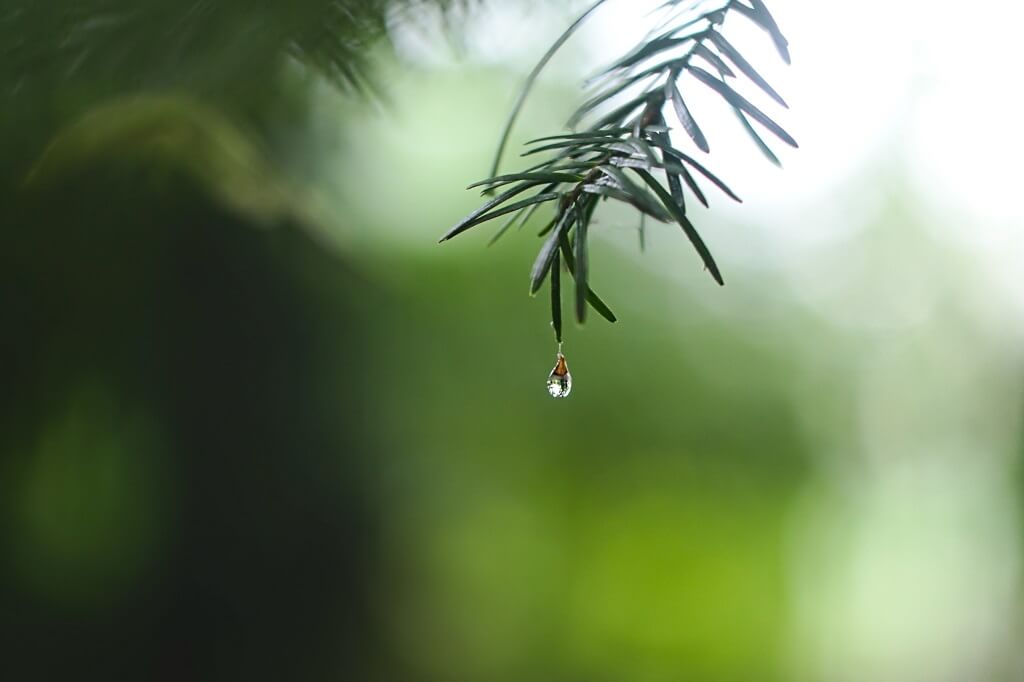There is nothing new about collecting rainwater and storing it for future use. As a matter of fact, this has been done for thousands of years. People were capturing and storing rainwater for various uses. Due to climate change, overpopulated cities, and the growing demand for water, the practice of collecting and storing rainwater has actually become quite popular again.
What Exactly Is Rainwater Harvesting?
Harvesting rainwater is quite simply collecting and storing it for future use. Rainwater, in general, is pure water that runs off rooftops, can be collected in parks, roads, open grounds, etc.
What Are The Advantages Of Collecting Rainwater?
Store and save rainwater for future use when needed.
Save on the cost and energy linked with using treated municipal water.
Reduce the volume of stormwater runoff to help prevent flooding and channel erosion.
Save on the cost of drainage infrastructure and downstream management of stormwater.
Why Is Harvesting Rainwater So Important?
Several graphs have shown an increase in indoor water fixtures through a combination of government standards and innovation created by fixture companies. We really do not need greater efficiency with indoor fixtures just utilized properly.
So, where do we start in the conservation of water? There are services in our areas that will help make this happen.
Are There Disadvantages To Harvesting Rainwater?
The leading disadvantage to collecting rainwater is not knowing when rainfall will take place to store it in the storage systems.
Here is a list of several disadvantages of harvesting rainwater -
- You must have regular maintenance.
- Those involved must have technical skills for installation.
- If not installed correctly, it will attract mosquitoes and waterborne diseases.
- Very limited or no rainfall can reduce the supply of rainwater.
- There might be limited storage for the rainwater.
Using Rainwater
If correctly collected and stored, we can have a sustainable source of water that is perfect for use both inside and outside our homes. Attempting to gather dam water would take an extensive treatment process to make sure you have the quality of water for humans where harvesting rainwater is quite simple but effective along with the equipment to prevent contamination and preserve the water's quality.
In urban areas, a well-designed rain harvesting system must be available with filters, screens, a small handle used for the flow of water, and other equipment to reduce your reliance on main water lines and avoid government regulations.
In rural areas that do not have main water lines, a well-designed rain harvesting system can supply water for all your needs.
Rainwater Vs Greywater
Greywater is a term used for household wastewater not from your toilet. It's water from your bathroom sinks, kitchen sinks, showers, baths, washing machines, and dishwashers. There will be fewer threats of disease from organisms or pathogens and can be much easier to treat for use.
Greywater can be recycled at a home, apartment, office, or hotel. It can also be sued for flushing a toilet which is then called black water. It can be used in gardens, on lawns, or even for crops. The reuse of greywater is designed into a rainwater harvesting system to make the water last longer and can be used more than once. Rainwater could be filtered and stored then used in a shower or washing machine and then the greywater from those appliances can be collected and used to water your landscaping.
Also, using greywater will reduce the amount of wastewater that must be collected and treated especially if sewage is limited.



